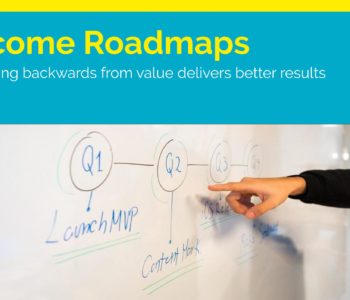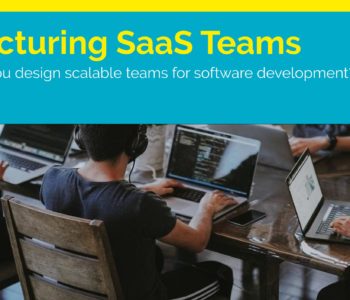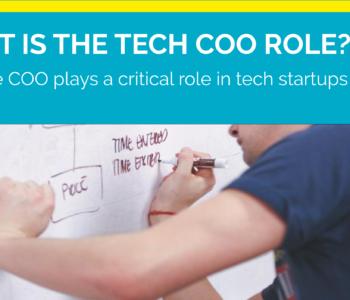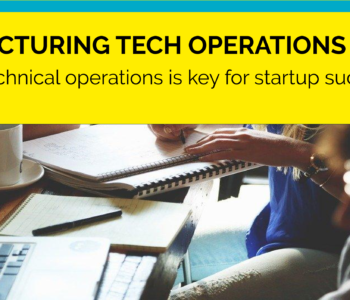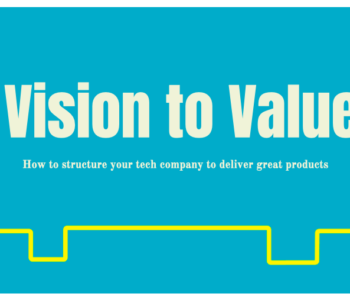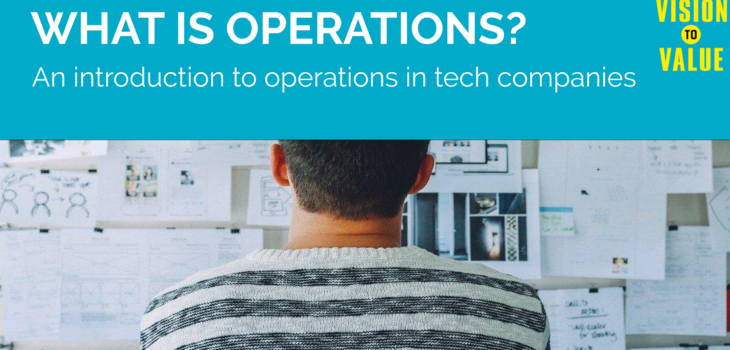 Vision to Value
Vision to Value
What is Operations in Tech Companies?
Today’s businesses are increasingly tech-oriented, selling not manufactured goods and products, but rather services and downloadable products through online platforms and apps. This shift in how goods are distributed is a natural one, as consumers increasingly seek out digital services, solutions, and information. It also necessitates a fundamental shift in how organizations approach tech operations.
At its most basic level, operations are defined as the framework designed to keep the company running and earning money. However, this framework and its pieces look significantly different in tech companies than in something more traditional, like a manufacturing plant. Understanding those differences can help you to build better tech operations, capable of supporting scaling organizations.
What’s Included in Tech Operations?
Tech operations are quite simply the framework (typically communication) behind running an organization. For most organizations, this includes support functions, value chain, and strategy. The specifics might vary from company to company but should likely be outlined in your business plan.
Systems – Systems include processes, communication channels, networks, and other means of connection. These can be as simple as establishing work processes, creating portals, creating knowledge bases, and so on but can be as complex as aligning overlapping departments, coordinating finance, HR, and customer service, documenting work, or managing external relationships.
People – People are the core of any tech company. The more software-oriented your company, the more people become your most valuable resource. People must be organized, given structure to work well, hired to meet strategy and goals, and trained to continue to meet the goals of the organization. Operations tackles questions like “who should be hired”, “how should people work”, “where should people work”, and even “what is work”.
Technology – Operations covers hardware and software tooling, helping to choose the items that facilitate work. This might include software tooling, it might include automation, and it might include items such as integrating work processes into tools and software.
Tech operations very much focuses on people and helping people to perform work. This isn’t always the case in other types of organizations. For example, manufacturing tends to focus more on product, product development, and transit.
Operations exist to enable businesses to function in a way that drives value for the customer and for the business. This means that operations are functions designed to allow businesses to perform work as usual, to optimize that work, to increase the value delivered to consumers, and to excel. Formal operations offer limited value in the very early stages of an organization, but become increasingly valuable and necessary as your organization grows. Establishing operates at an early stage means you’ll have the foundations to scale effectively and sustainably, because you have the framework in place to do so.
The Vision to Value Framework is one solution to implementing structure at this stage, because it approaches operations from the perspective of development and enabling people and technology. Paying attention to how software is developed, ongoing maintenance, and creating work processes capable of supporting innovation and rapid development is crucial. Vision to Value uses 5 pillars to support these operations; Vision and Strategic Plan, Work Management, Process Management, People and structure, and Data and Information Management.
This outlines a framework designed to support tech organizations as they scale, with the goal of creating a sustainable organization capable of delivering value to customers over the long-term,
